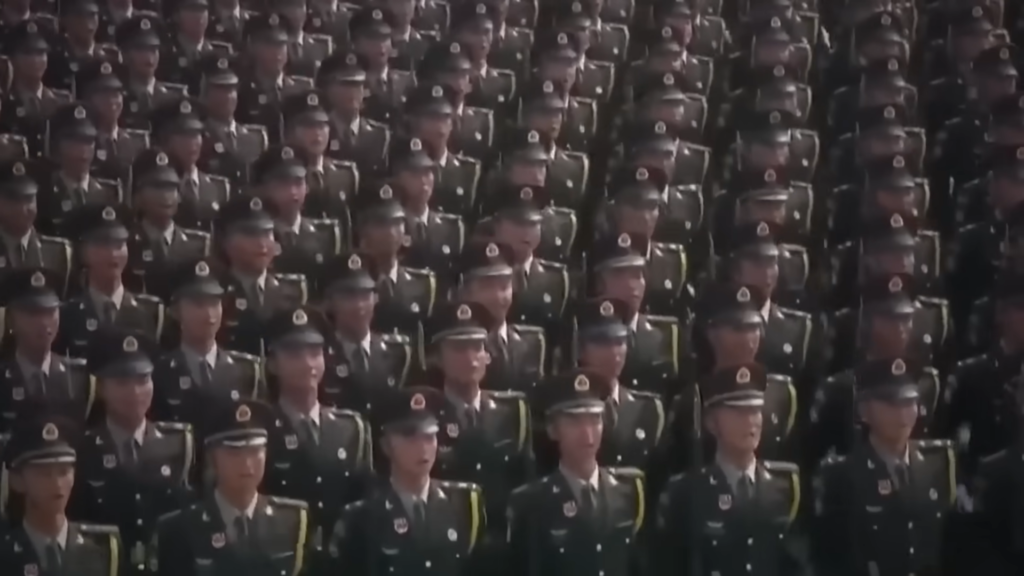Taiwan vs China is one of the most complex and contentious issues in the recent geopolitical scenario. At the heart of this relationship lies a historical narrative intertwined with political, economic, and military considerations. Let’s delve into a detailed analysis of the Taiwan vs China conflict, exploring its origins, current dynamics, potential scenarios, and international ramifications.
Historical Context
The roots of the Taiwan vs China conflict can be traced back to centuries of colonization, foreign intervention, and internal strife. From its indigenous population to colonial rule by various powers, including the Dutch and the Japanese, Taiwan’s history is marked by a diverse array of influences. However, it was the aftermath of the Chinese Civil War in 1949 that fundamentally altered the island’s trajectory. The defeated Nationalist government retreated to Taiwan, establishing the Republic of China, while the Communist Party proclaimed the People’s Republic of China on the mainland sowing the seeds of Taiwan vs China.
Geopolitical Tensions
Central to the Taiwan vs China conflict is the One China Policy, which both sides claim as the foundation of their legitimacy. While Taiwan operates as a de facto independent entity with its own democratic institutions, China regards it as a renegade province that must be reunified with the mainland. This tension has led to a delicate balance of power in the region, with the United States playing a crucial role as a strategic ally of Taiwan, while simultaneously adhering to the One China Policy.
Military Capabilities and Strategies
A critical aspect of the Taiwan vs China conflict is the military capabilities and strategies employed by both sides. China boasts a formidable military force, including the world’s largest standing army and a rapidly modernizing navy and air force. In contrast, Taiwan relies on defensive measures, such as anti-ship missiles and missile defense systems, to deter potential aggression. The concept of the “porcupine strategy,” aimed at making Taiwan a challenging target for invasion, underscores the island’s commitment to defensive preparedness.

Potential Scenarios
Various potential scenarios for Taiwan vs China can’t be conferred to few notions. These include a direct amphibious assault on Taiwan, a naval blockade aimed at isolating the island, or a combination of both strategies. Each scenario presents its own set of challenges and risks, with the possibility of escalation and international intervention looming large.
International Ramifications
The Taiwan vs China conflict carries significant international ramifications, impacting global trade, security alliances, and regional stability. The prospect of a conflict between two major powers in the Asia-Pacific region raises concerns about the disruption of supply chains, economic downturns, and the risk of wider military confrontation. Moreover, the involvement of the United States, Japan, and other regional actors further complicates the situation, underscoring the interconnectedness of global politics.
Read More:- Taliban Declares Brutal Punishments for Women: An Echo of Past Oppression, Not Progress
Taiwan vs China End Results
In conclusion, the Taiwan vs China conflict is a multifaceted issue shaped by historical grievances, geopolitical rivalries, and strategic calculations. As tensions continue to simmer, understanding the complexities of this conflict is essential for policymakers, analysts, and the general public alike. While the path forward remains uncertain, one thing is clear: the resolution of the Taiwan-China conflict will have far-reaching implications for the future of the Asia-Pacific region and beyond.
Do you want to explore the world of anime? Go to Pop Media Pulse
